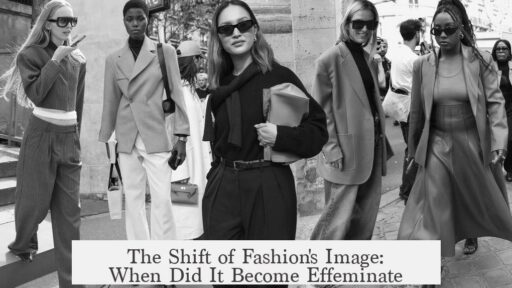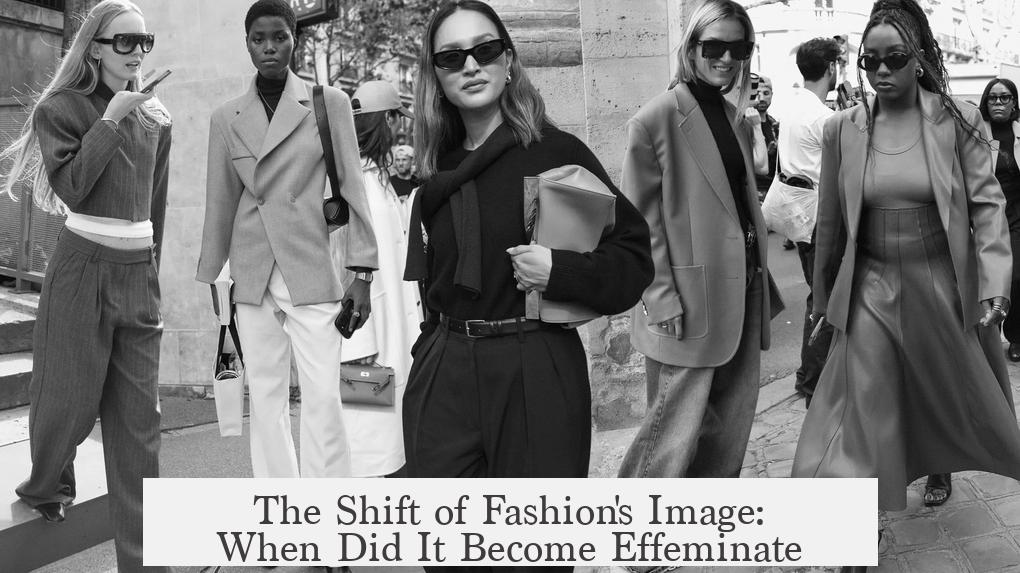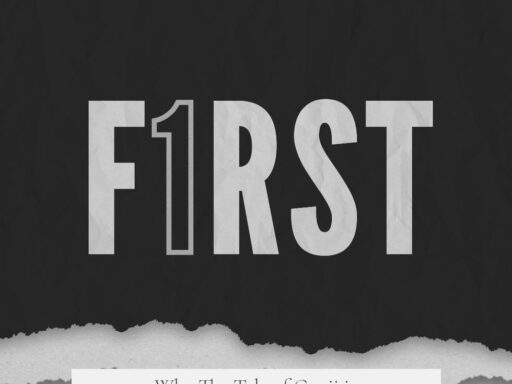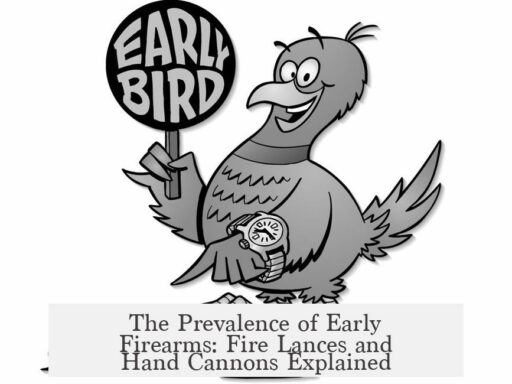Being involved in fashion acquired an effeminate connotation by at least the late 17th century. The shift originated with the evolution of the term “fop,” which by 1672 described men overly concerned with fashion in a manner deemed shallow and effeminate. This association was fully established by the end of the 1600s through cultural representations and visual satire, linking male fashion enthusiasts with traits traditionally labeled feminine.
The word “fop” initially meant a fool in the late 1300s and early 1400s. It gradually transformed to signify men who were not just foolish but specifically vain and preoccupied with their appearance. By 1672, English literature and language clearly used “fop” to denote men who focused excessively on fashion and grooming, traits culturally coded as feminine or effeminate by then.
By the late 17th century, playwrights and dramatists reinforced this link. Characters labeled as “beaux” or “fops” appeared in plays such as Love’s Last Shift (1696) by Colley Cibber, The Beaux’ Stratagem (1707) by George Farquhar, and The Beau Defeated (1700) by Mary Pix. These roles characterized men as vain, delicate, and often frivolous, with a strong concern for fashionable dress. They were portrayed as courting women, mainly heiresses, but with undertones suggesting superficiality or sexual promiscuity. Some scholars, such as John Franceschina, note that “beau” sometimes implied a combination of affectation and potential homosexual undertones, though the plays rarely made these explicit.
The 18th and early 19th centuries deepened and visualized this stereotype. Satirical prints, fashion plates, and caricatures depicted “fops,” “macaronis,” and “dandies” as men adopting overtly feminine behaviors and clothing styles. Examples of these visuals show extravagant hairstyles, long toilette routines, delicate physical appearances, and the wearing of constrictive garments like corsets—all traits culturally aligned with femininity.
- Over-the-top hair and elaborate dress
- Extended time spent grooming at the toilette
- Social behaviors like gossip and leisure activities stereotypically associated with women
- Physical delicacy and sometimes uselessness depicted in caricatures
Artists like George Cruikshank produced early 19th-century engravings that satirized dandies as frivolous, weak, and “boy toy” companions rather than serious suitors in heterosexual contexts. These prints suggested men invested in fashion were socially marginalized as effeminate or non-competitive in normative gender roles. However, definitive labeling of these men as homosexual was rare; the stereotypes existed more as social codes about masculinity and propriety.
The social and economic context also fueled this stereotype. The 18th-century consumer culture and the rising middle and upper classes in urban centers like London allowed for more extravagant fashion consumption. Men who embraced this lifestyle and sartorial excess became targets of satire and social critique, reinforcing effeminate connotations linked with fashion.
Summarizing key points:
| Aspect | Details |
|---|---|
| “Fop” Term Origin | Late 1300s: Fool; by 1672: Fashion-obsessed, effeminate man |
| 17th Century Cultural Cementing | Late 1600s: Dramatic works portray fashion-focused men as effeminate and shallow |
| 18th-19th Century Visual Satire | Satirical prints emphasize feminine traits such as hair, grooming, clothing, and social conduct |
| Social Implications | Effeminacy linked with non-competitiveness in heterosexual courtship; possible sexual promiscuity insinuated but not explicit |
| Economic Context | Growing 18th century urban consumerism enabled the display of expensive, elaborate fashions seen as feminine |
Today, especially in the U.S., involvement in fashion remains associated somewhat with femininity or effeminacy. Fashion industry roles and interests often align in public perception with women and gay men. This modern stereotype has roots in the historical linkage of fashion participation with effeminacy that solidified from the 17th century onward. However, the nuanced social and cultural history reveals a complex interaction of style, gender norms, and societal values rather than a simple or linear evolution.




